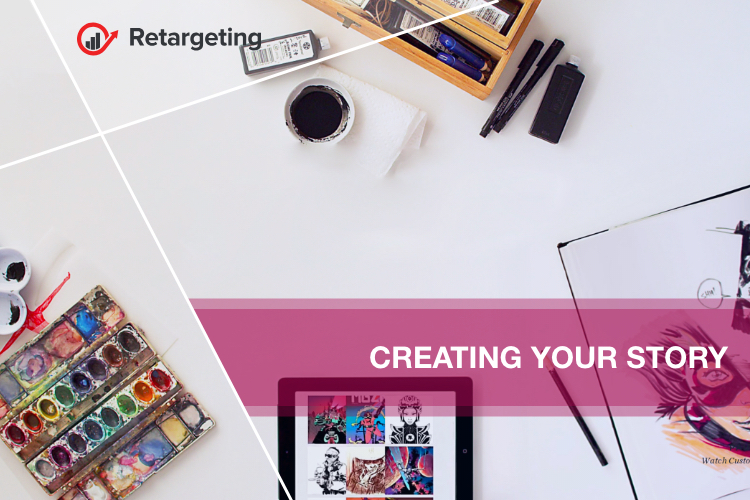Gone are the days when a brand could sink all of its heart, soul, and budget into a single creative experience. You can’t be so singularly focused, your audience sure isn’t.
You still need big ideas, but today, brands need to consider how to translate those big ideas across channels and screens, especially when it comes to video so that they can tell a cohesive and engaging story.
Technology and creative must go hand in hand. It is time for brands to consider the nuances of each format at every stage of campaign production, allowing them to create an effective video for today’s multi-screen world.
Who, where and how
Begin by understanding your audience. Be willing to dig deeper and uncover things that challenge what you thought you knew. To do so, you will need to access and analyze data on an ongoing basis. Brands that use data smartly often discover surprising insights. Perhaps their audience has evolved over time, or they have a secondary customer base they had never thought of before.
In addition to the “who,” you need to understand the “where” and the “how” before you start shooting your creative. Is your mobile audience watching video while they commute to work, or are they “second-screening” while they watch TV? You will want your creative to reflect these different scenarios.
With these insights in mind, plan to create customized creative experiences for each audience segment, screen, and use case.

Creating your story
Creative is too often an afterthought in the digital world. For digital, you need more close-ups and quick cuts. You also need to frontload the most important part of your ad, whether that is a brand tagline or an aspect of your product. If you can, always overshoot. You may not know all your strategies at the time you are shooting, so extra footage will come in handy as your media plan evolves.
Consider how to tell your story without relying on audio. This may mean using subtitles, stronger visuals or more logos and product shots.
Post-production
As you execute your campaign, stay agile and open to trying new things. Just be sure your creative reflects each strategy. Repurposing assets are possible but do so with care. For example, if you are repurposing footage for mobile, you may need to add overlays or interactive features. If your video was shot for landscape, you need a creative partner who can edit it for vertical screen environments that many mobile viewers consume content in.
When evaluating your campaign, think more broadly about what different metrics tell you about how successful your campaign has been at driving consumer behavior. Think beyond the standard KPIs like CTR and completion rates. Look at things like engaged-time spent and what happens post-click. What about the creative specifically drove these metrics, and how can you apply those learnings to current and future campaigns?
Brands have the data and tools they need to reach their audiences with unprecedented precision, but if the creative isn’t effectively speaking to them, that is all for nothing. It is time to put the pieces together.

